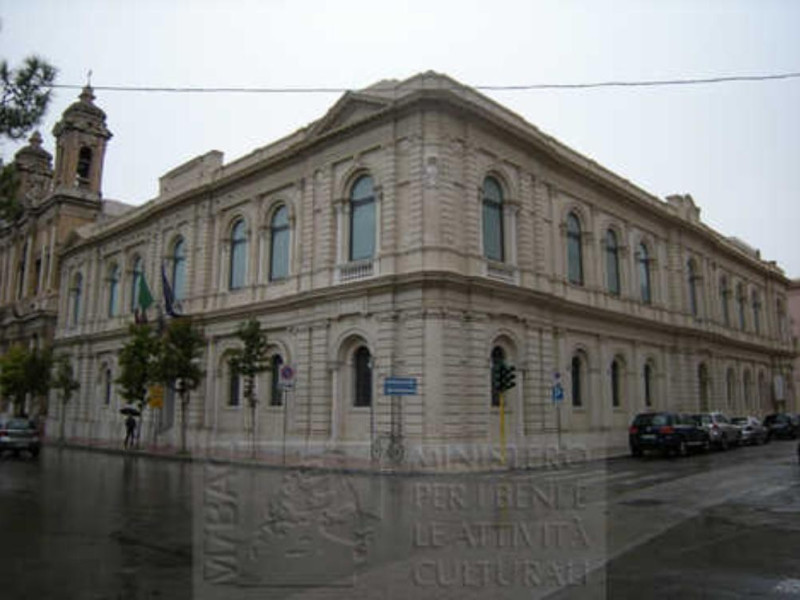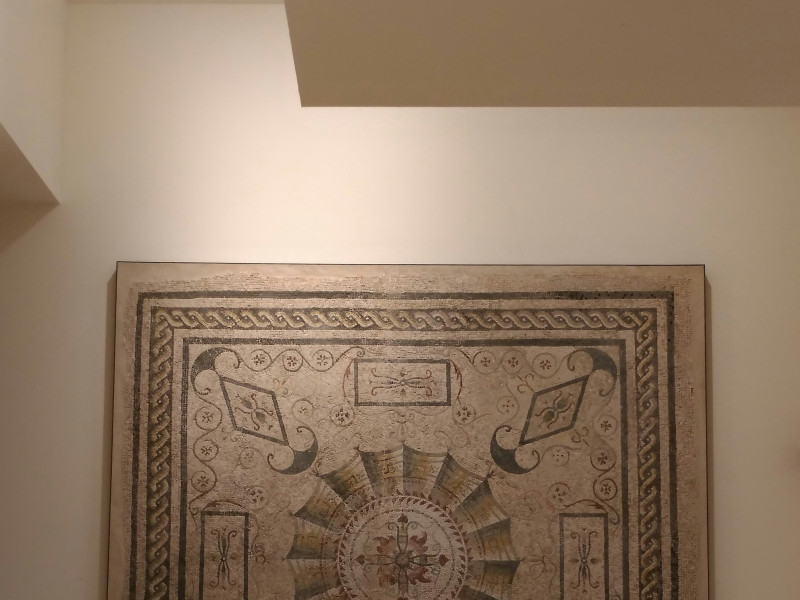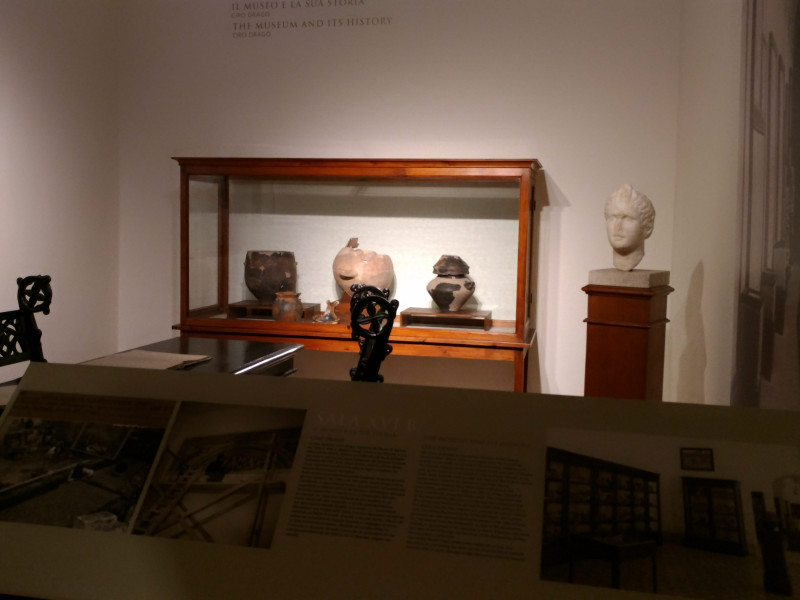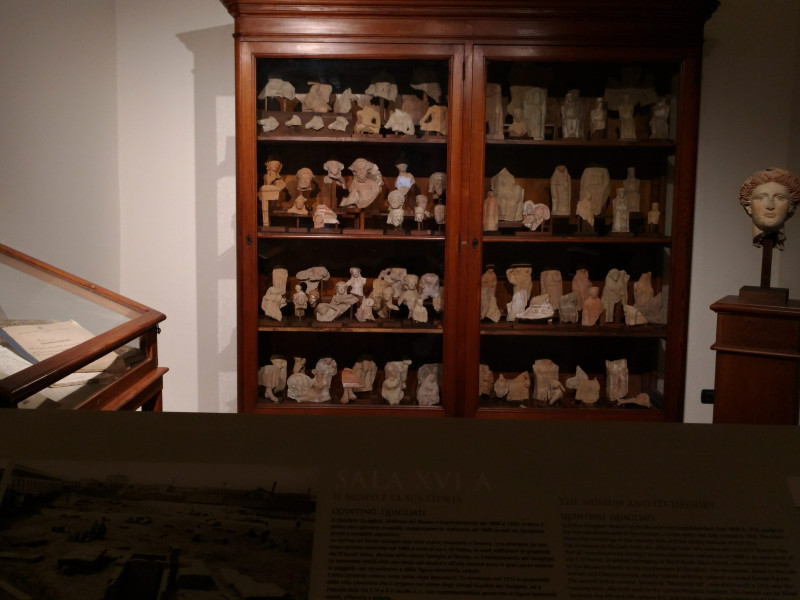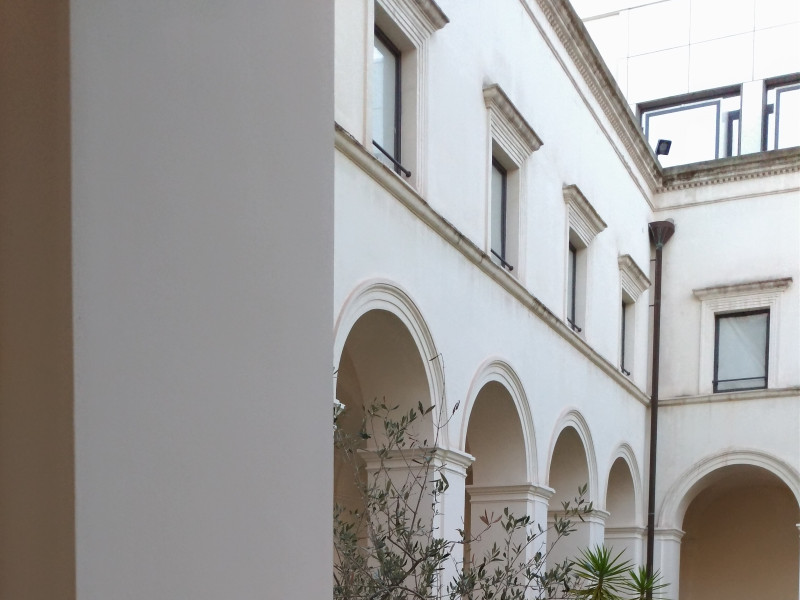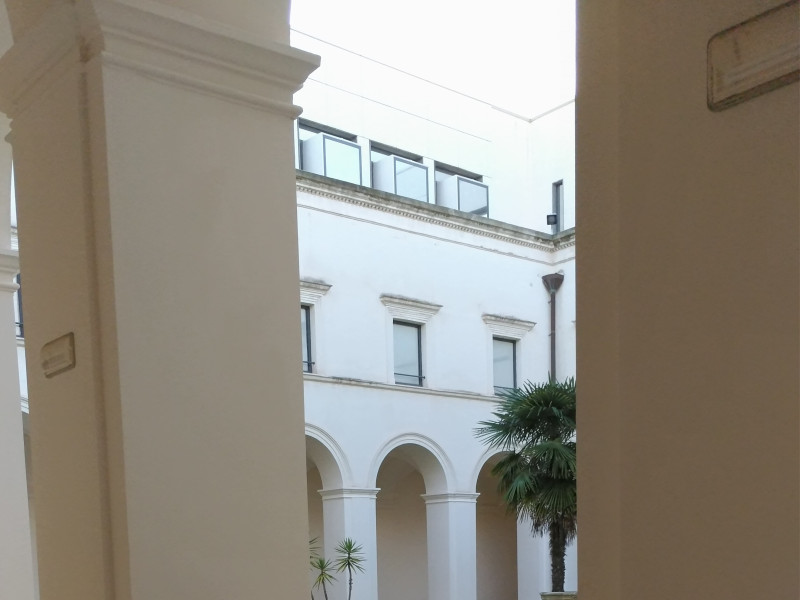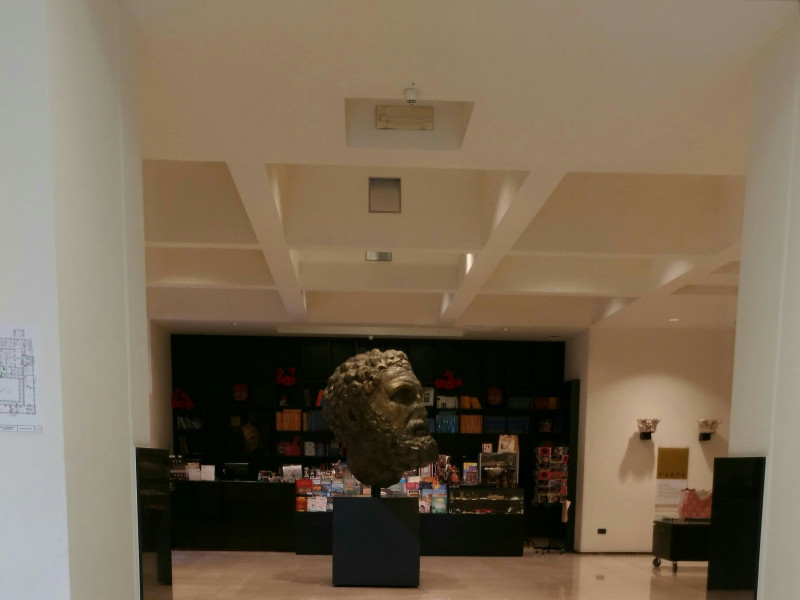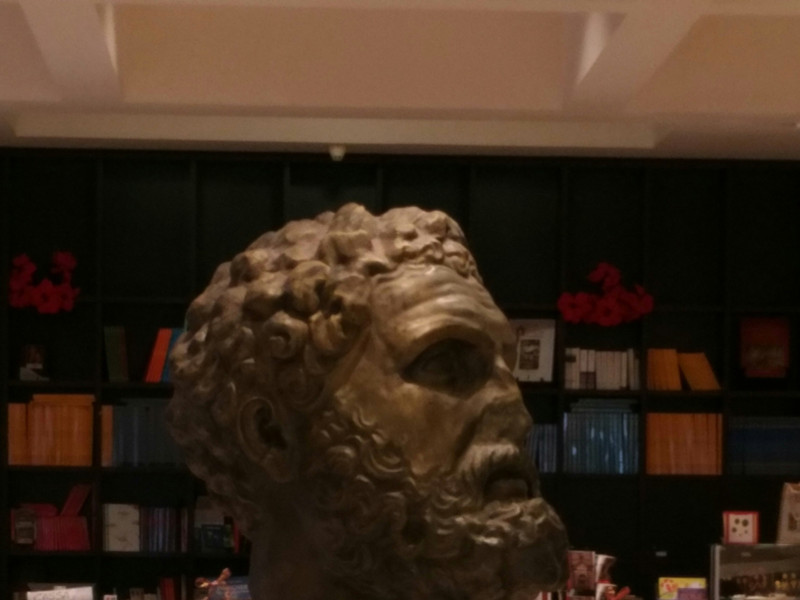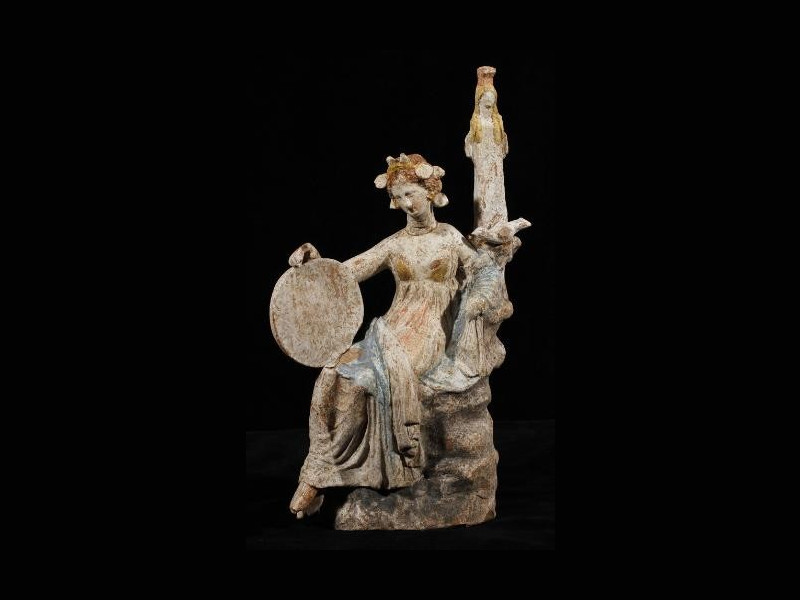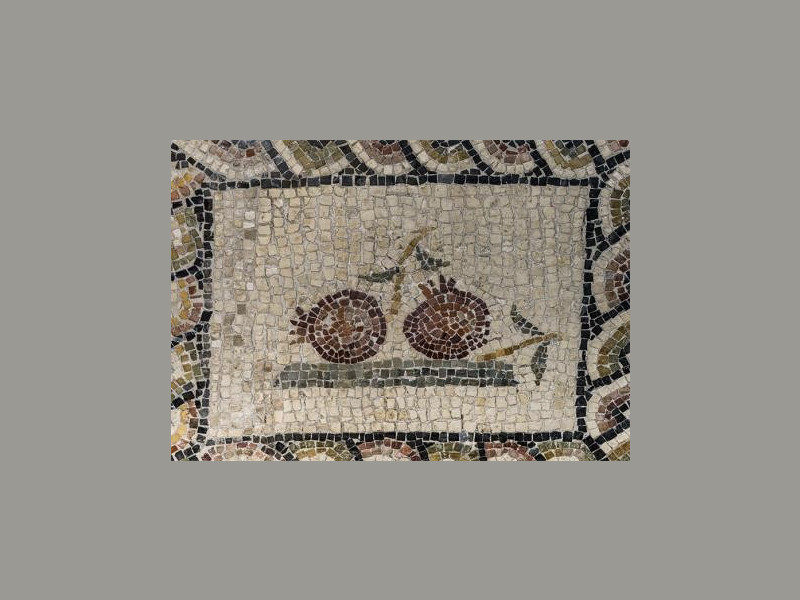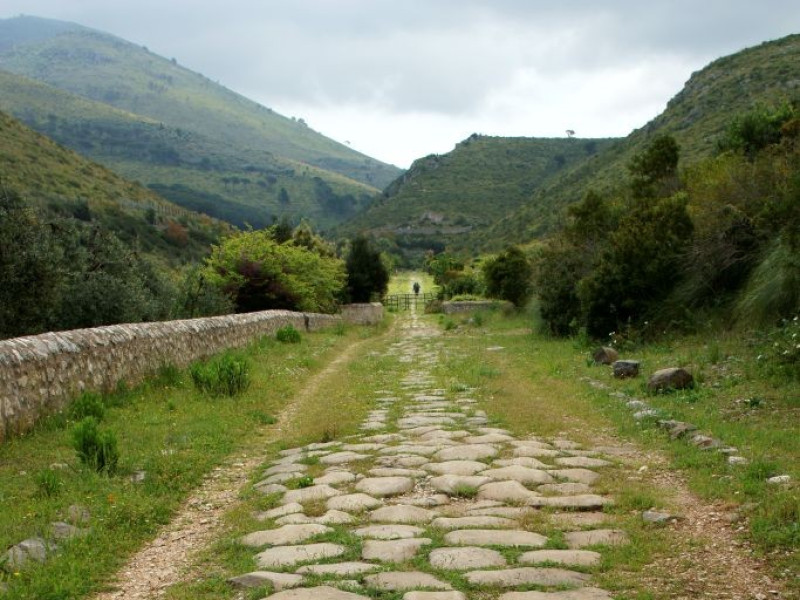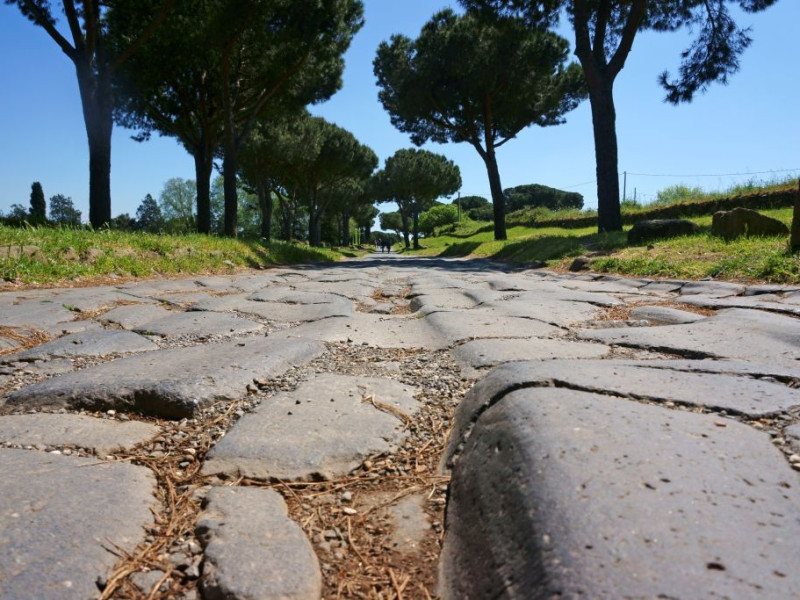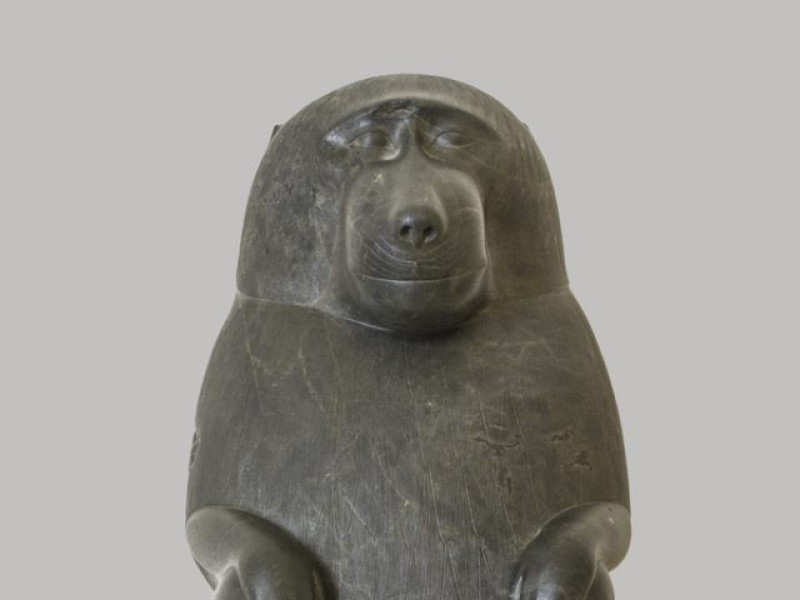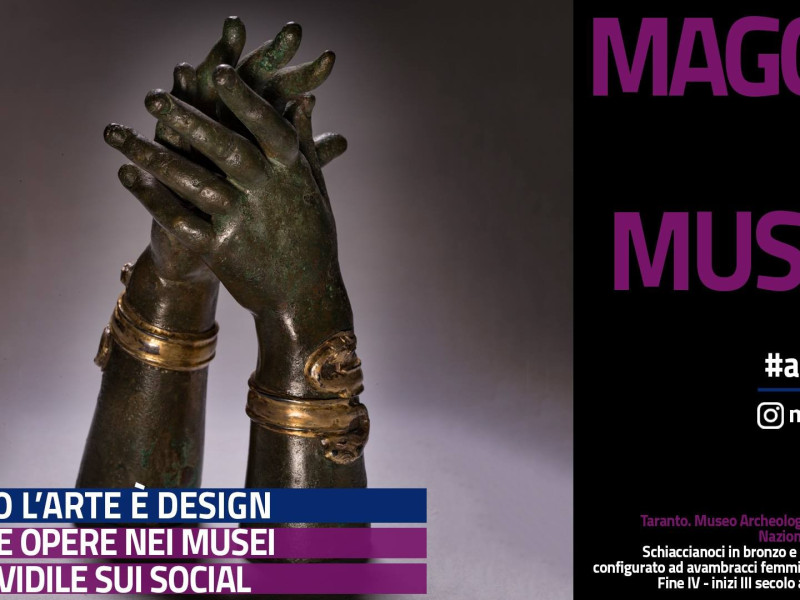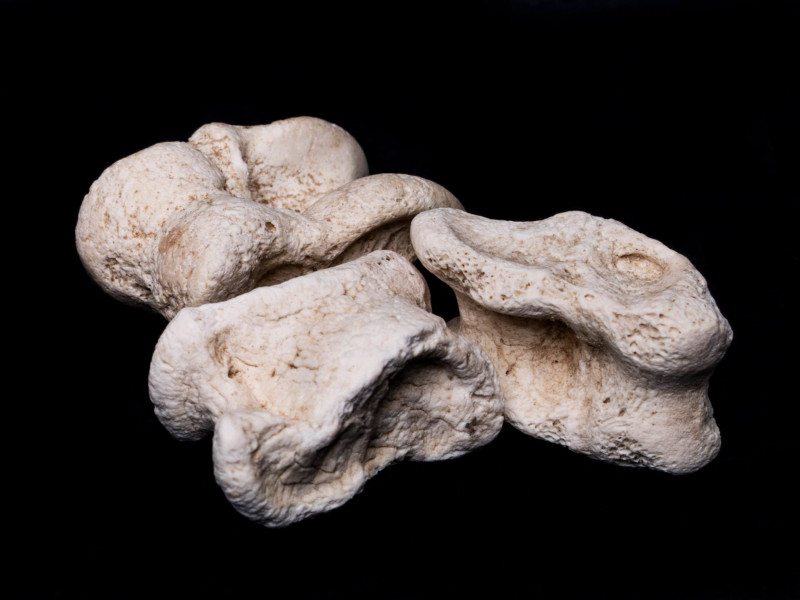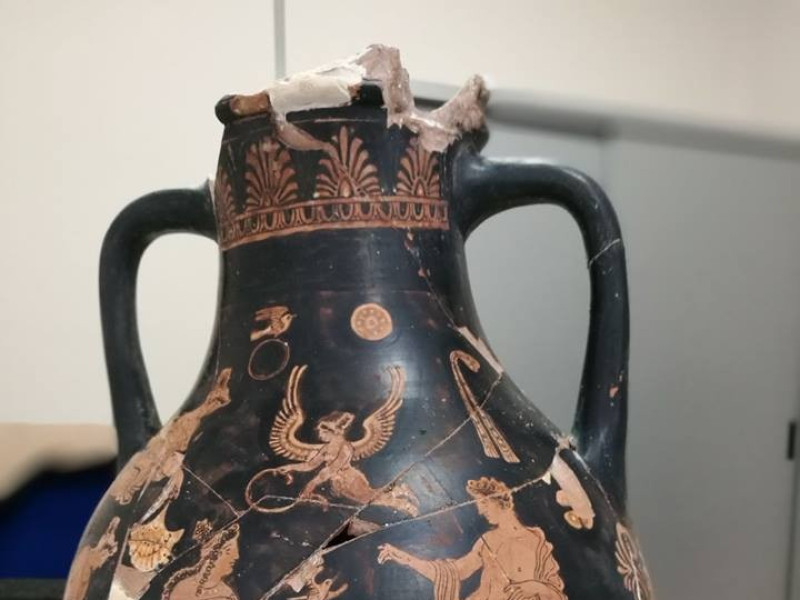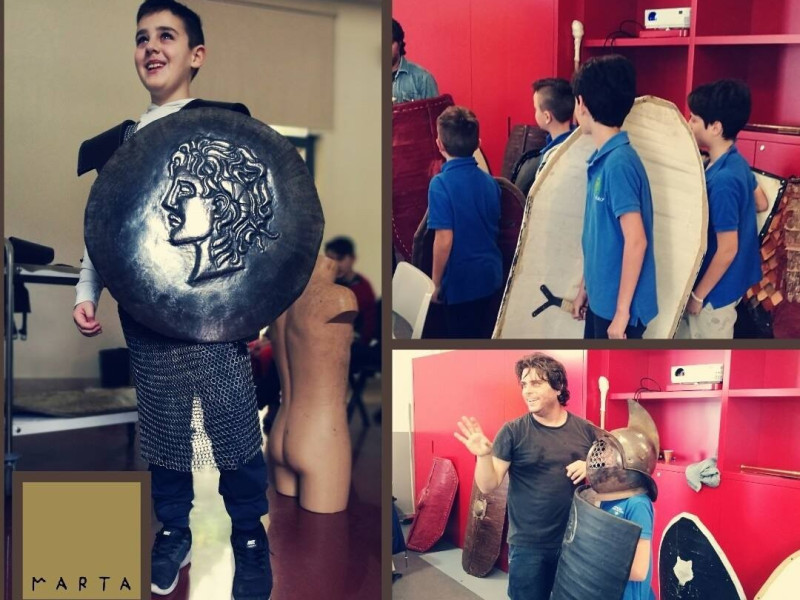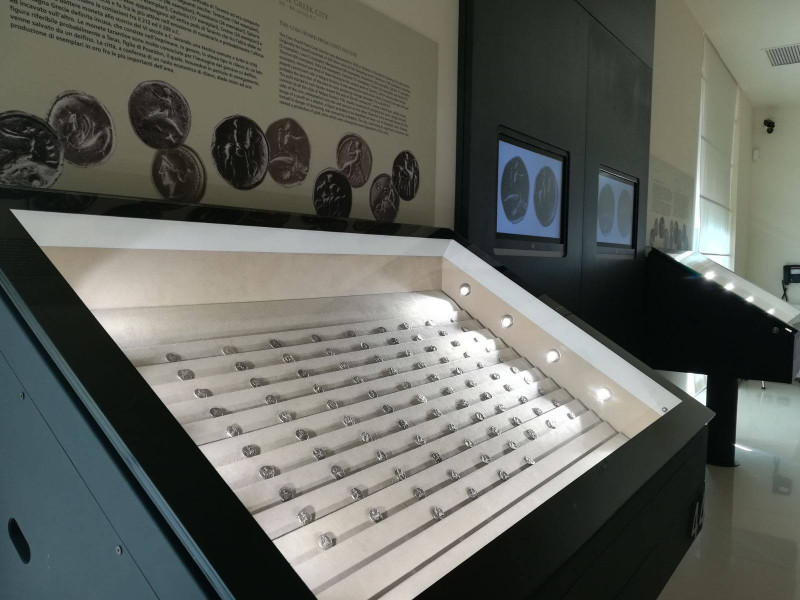MuseoARcheologico nazionale di TAranto(MArTA)
The National Archaeological Museum of Taranto is among the most important in Italy and was established in 1887. The Museum occupies from the beginning the former Convent of the Friars Alcantarini, built in the mid-eighteenth century and, following interventions of magnification in half of the twentieth century, the adjacent northern body of Wing Ceschi. The works began since 1998, and led to the partial reopening of the Museum to the public on 21 December 2007. From December 22, 2013 have been reopened to the public the new exhibition sections of the museum dedicated to the Roman city, the Late ancient city and early medieval Byzantine until the re-establishment of the eleventh century AD. In addition to the areas already visited, in all cases integrated with the display of new finds (funeral monuments, figured vases, mosaics, painted plaster, furniture), it will be usable new rooms dedicated to the rich documentation of the Tarantine productions and imports of Roman, of varied kits necropolis of the city, from the conquest of Q. Fabius Maximus, from 209 BC until the third century AD. In the windows, stand out the beautiful gold, embellished with glass gems and colored stones, the polychrome clay still of Greek tradition, bone, ivory, and especially colored glass imported characterizing the cremation burials of the imperial age, up to the fragments of exceptional elegance of a marble sarcophagus with scene of assault ships. The section dedicated to the city from the late antique Byzantine era offers a comprehensive documentation of the mosaic floors of public and private, with geometric and figurative polychrome materials from recent stratigraphic excavations (Villa Peripato, Palazzo delle Ponti, Cathedral of St. Cataldo) that provided relevant data to the reconstruction of the ancient center in these chronological phases. In the last room are also included funerary inscriptions of Jews, Christians and Muslims, which document the presence of people in Taranto of different culture and religion between the fourth and eleventh centuries AD. The section dedicated to the history of the museum has been completely renovated, with the reconstruction of environments vintage period Q. Quagliati and C. Drago and with exposure of purchases and donations made to the Museum by the late nineteenth century to the present, with figured vases imported and locally produced, stolen from the archaeological sites of the Apulian territory, converged in foreign museums and today returned to public use in the MARTA. A new garment exhibition was devoted to the paintings donated by Monsignor Ricciardi at the Museum at the beginning of '900, in a space at mezzanine level which looks on Sala IX.

